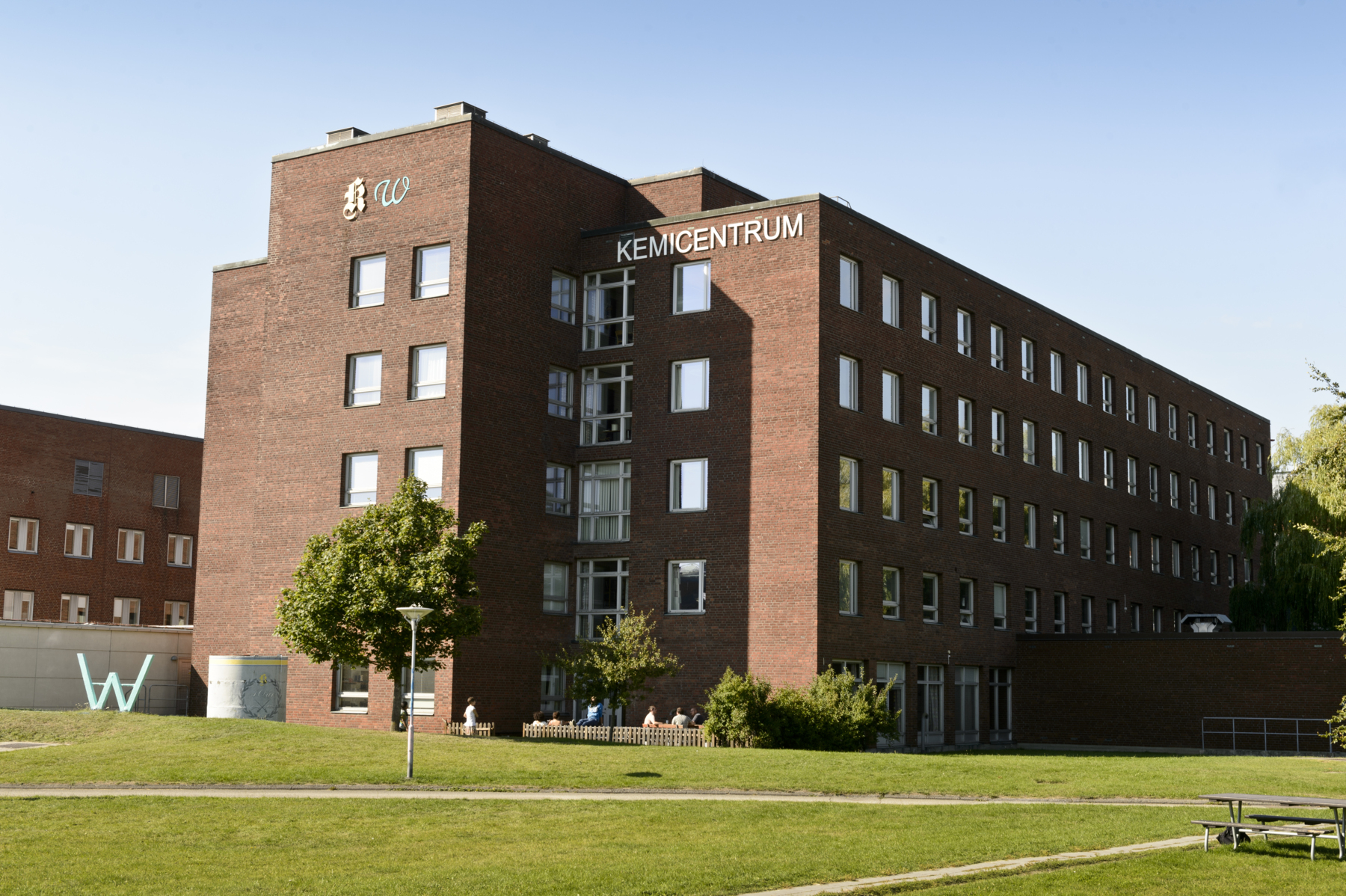
Welcome to the division of Heat Transfer
With todays urgent need to reach a breakthrough in reduced greenhouse gas emissions and global warming the field of heat transfer is gradually becoming more important. In practice, heat transfer usually occurs together with fluid mechanics and structural dynamics in different thermo-mechanical systems.
Heat transfer is generally classified into thermal conduction, thermal convection, thermal radiation, and transfer of energy by phase changes as well as transfer of mass of differing chemical species. Novel materials and manufacturing techniques as well as improved understanding of turbulent flows, reactive flows and multiphase flows is the key to improved heat transfer mechanisms and more efficient use of energy.
The research and development is conducted using theoretical, experimental and numerical methods in combination. The division has access to in-house modern laboratory facilities for both research and teaching. Excellent computational resources are provided through the Swedish National Infrastructure for Computing (SNIC). Our main computational platform is OpenFOAM, but we also use other commercial software.
The division collaborates locally with in the Department of Energy Sciences as well as other Departments within Lund University. Important collabo- ration partners on the national level include Chalmers and KTH. On the international level we collaborate with universities and institutes in Europe, Asia and North America.

